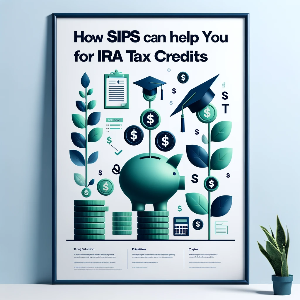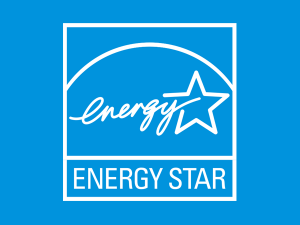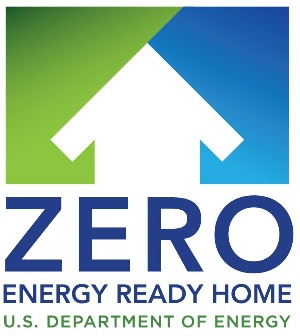Call Anytime
We are ready to help you
Building sustainably is not only good for the environment but also for your wallet. The 2022 Inflation Reduction Act (IRA) has ushered in a new era of tax credits for energy-efficient buildings, and Structural Insulated Panels (SIPs) are your ticket to reaping the benefits. Whether it's improving efficiency in multifamily housing, meeting ENERGY STAR standards in single-family homes, retrofitting commercial spaces, or enhancing insulation, SIPs make it a breeze to build sustainably and qualify for incentives and rebates through sections 45L, 25C, and 179D of the IRA.
SIPs help you meet the requirements for this tax credit, offering up to $5,000 per dwelling unit for ENERGY STAR and Zero Energy Ready Homes Program certifications.
With SIPs' high R-value and quick installation, you can qualify for a 30% tax credit (up to $1,200 annually) and potential rebates.
SIPs can play a role in securing deductions of up to $5 per square foot for energy-efficient projects.
By choosing SIPs, you create a high-performance building envelope that minimizes thermal bridging and reduces air infiltration, resulting in lower energy costs. SIPs meet and exceed building code requirements and offer exceptional thermal performance, saving up to 60% on energy compared to traditional construction. They also provide superior airtightness, enhancing indoor air quality. With SIPs, you not only build sustainably but also unlock the benefits of IRA tax credits and incentives, making your project more eco-friendly and cost-effective.
 Achieving eligibility for IRA tax credits becomes more accessible when you choose SIPs for your building project. SIPs create a high-performance building envelope that plays a crucial role in qualifying for these valuable incentives. By opting for SIPs, you benefit from a continuous insulation envelope that minimizes thermal bridging and reduces air infiltration, resulting in significantly reduced heating and cooling expenses. Explore the comprehensive advantages of SIPs in our SIP Design Best Practices Series.
Achieving eligibility for IRA tax credits becomes more accessible when you choose SIPs for your building project. SIPs create a high-performance building envelope that plays a crucial role in qualifying for these valuable incentives. By opting for SIPs, you benefit from a continuous insulation envelope that minimizes thermal bridging and reduces air infiltration, resulting in significantly reduced heating and cooling expenses. Explore the comprehensive advantages of SIPs in our SIP Design Best Practices Series.
SIPs not only meet but exceed building code thermal envelope requirements, eliminating the need for additional continuous insulation on the exterior, thereby meeting the 2021 and 2018 IECC building codes. They lead to substantial energy savings in SIP homes, ranging from 40-60% compared to traditional stick-frame construction, depending on the climate zone.
Moreover, SIPs offer airtight structures, a pivotal factor in enhancing indoor air quality (IAQ). With 85-88% less air leakage than stick-frame construction, SIPs provide exceptional thermal performance across a range of thicknesses. Various SIP connections are available to minimize thermal bridging, ensuring consistent energy efficiency.
SIPs come equipped with factory-applied rigid foam insulation cores, erasing concerns about the quality of insulation installation. This, in turn, results in reduced HVAC requirements and significant energy savings. Additionally, applying retrofitted panels to a home's exterior can further elevate its R-values, enhancing overall energy efficiency.
In summary, selecting SIPs as your building material empowers you to meet IRA tax credit qualifications seamlessly. With their exceptional thermal properties, energy efficiency, and airtightness, SIPs offer a comprehensive solution for sustainable and cost-effective construction. Don't miss out on the benefits of building with SIPs.
We are ready to help you

